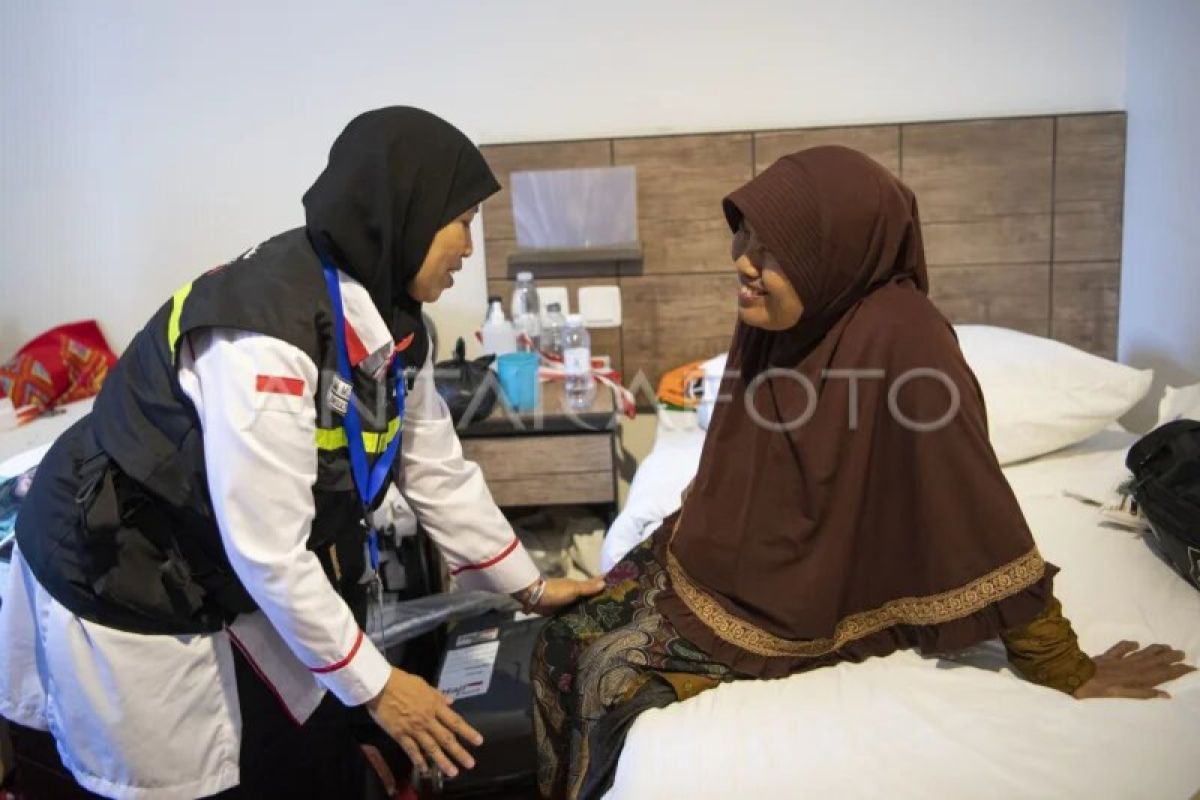During the 2023 Hajj evaluation here on Tuesday, Deputy Minister of Health Dante Saksono Harbuwono drew attention to three layers that will help once the panic button is pressed.
The first layer constitutes health workers, who will be around in Hajj pilgrim areas. The second layer is that of doctors within the group, while the third is satellite clinics developed in an integrated manner.
The deputy minister also highlighted that diseases most commonly detected in elderly Hajj pilgrims this year comprised hypertension or high blood pressure, diabetes, and lung diseases.
Coordinating Minister for Human Development and Culture Muhadjir Effendy, who led the 2023 Hajj evaluation meeting agenda, also clarified the response time range when the panic button is pressed.
Factors, such as the distance of the nearest post service and the workers themselves, will decide whether workers can immediately assist Hajj pilgrims, he explained.
Effendy, who had already inspected the locations in Medina, also estimated the amount of time needed by health workers to immediately find the pilgrims that pressed the panic button.
If the location is in Medina, not too far from Masjid Nabawi and in Mecca, then health workers need 10 minutes using a bus, so it should not take an hour, he remarked.
"We will also try to coordinate with workers prepared by Saudi Arabia to provide several referral hospitals," he stated.
Harbuwono also reminded that temperatures in Arafat reached 50 degrees Celsius, so health risks would also increase. Hence, to this end, the ministry had also created a heat stroke guideline.
Related news: Hajj officers provide cognitive stimulation to pilgrims with dementia
Related news: Ministry sends 107 tons of medicines for Hajj pilgrims
Translator: Lintang B P, Fadhli Ruhman
Editor: Rahmad Nasution
Copyright © ANTARA 2023












